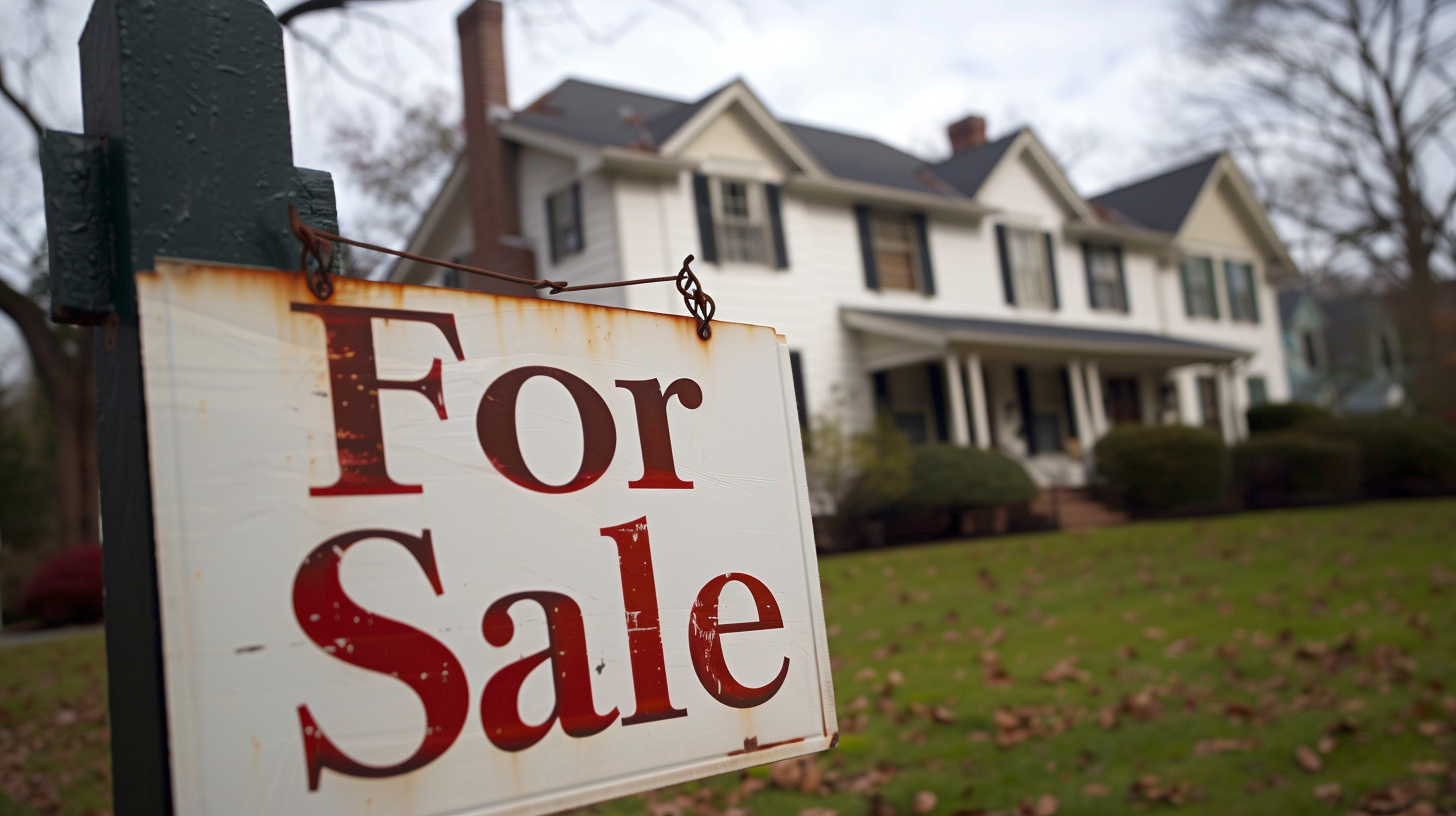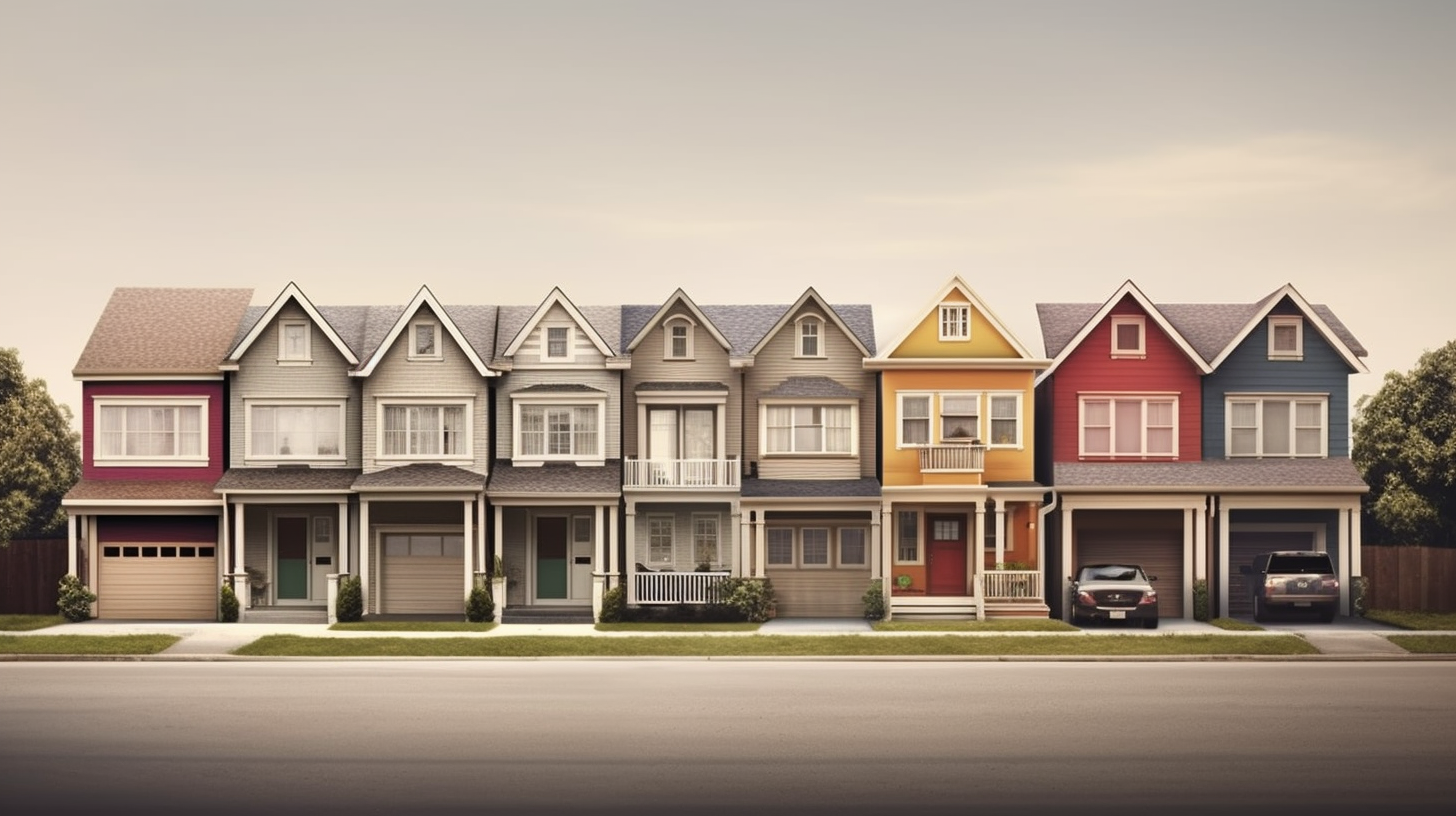U.S. home sales showed signs of renewed momentum in July, offering a glimmer of relief for buyers and sellers navigating one of the tightest housing markets in years. According to data from the National Association of Realtors, sales of previously owned homes increased 2% from June to a seasonally adjusted annual rate of 4.01 million units. That figure also marked a 0.8% gain compared with July 2024, defying expectations of a modest decline.
The pickup in activity reflects contracts that were signed earlier in the summer, when mortgage rates began to edge down from their spring highs. The average 30-year fixed mortgage briefly exceeded 7% in May but had retreated to around 6.67% by the end of June. That shift helped unlock demand from buyers who had been sidelined by affordability challenges.
At the same time, supply conditions continued to improve. The number of homes available for sale at the end of July climbed to 1.55 million, up nearly 16% from a year ago. That level represents a 4.6-month supply at the current sales pace, the highest since May 2020 but still short of the six-month threshold considered a balanced market. For prospective buyers, the increase in inventory has translated into more choice and slightly less upward pressure on prices.
Even so, home values remain stubbornly high. The median price of an existing home sold in July reached $422,400, a record for the month and 0.2% higher than a year earlier. That marked the 25th consecutive month of annual price gains, underscoring how persistent demand and limited long-term supply continue to shape the market. Still, with wage growth now outpacing home price appreciation in some regions, economists suggest the market could be approaching an inflection point where affordability begins to improve.
Regional and price-segment dynamics reveal additional shifts. Sales activity has been strongest at the higher end of the market, with transactions on homes priced above $1 million jumping more than 7% from a year ago. In contrast, sales of properties priced below $250,000 remained flat or declined, squeezed by limited availability and still-elevated borrowing costs. In the South, where condominium prices have fallen over the past year, demand for that segment showed particular resilience.
Market behavior also reflects growing participation from investors and cash buyers. Investors accounted for 20% of transactions in July, up sharply from 13% a year earlier, likely taking advantage of the increased supply. Meanwhile, 31% of sales were completed with all cash, compared with 27% last July. That unusually high share suggests that wealth from equities and housing gains is playing a greater role in the market.
Homes are also taking longer to sell. The typical property stayed on the market for 28 days in July, compared with 24 days a year ago. First-time buyers accounted for just 28% of sales, slipping from both June and the same month last year, reflecting the ongoing affordability strain at the entry level of the market.
Overall, July’s data points to a housing sector that is slowly recalibrating. Rising inventory and moderating mortgage rates are offering incremental relief, yet prices remain elevated, and demand is concentrated in higher price tiers. Whether the market has reached a true turning point may depend on the Federal Reserve’s next moves on interest rates and how quickly supply can return to more balanced levels.


